








LEARN MORE
uLAN
Network Architecture for Smart and Healthy Buildings
With smart building initiatives, more building systems are being incorporated into the LAN.
smart building technology
is evolving quickly
In a traditional enterprise facility, each building system is an island.

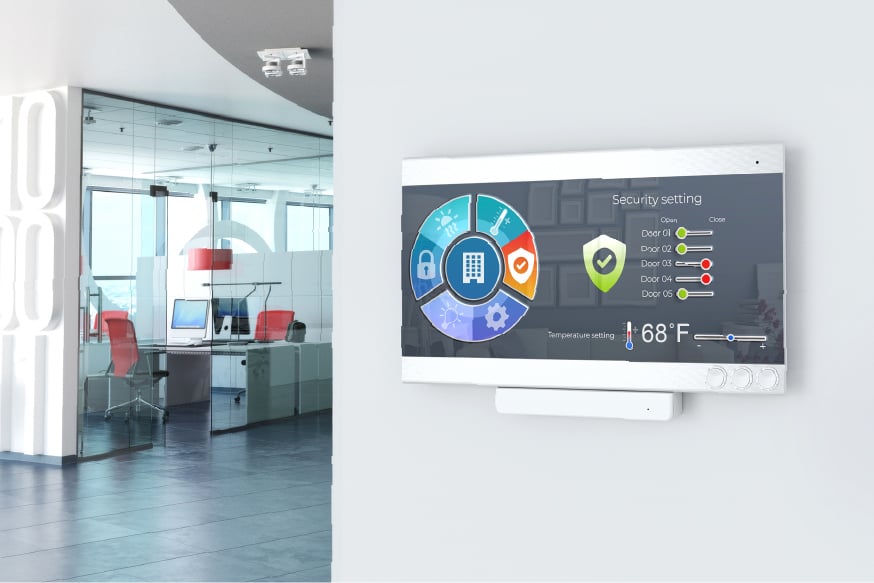














































Organizations are seeing the efficiency, sustainability and cost-saving potential of converging once-disparate building systems onto their IP networks.
Explore the six categories of building systems



Ethernet is the common language within the core local area network (LAN) — for devices such as workstations, WAPs, and VoIP phones — but historically all other systems speak their own language, with separate controls, support functions, and different managers responsible for them.
Building Systems Are Converging onto the LAN

CORE LAN APPLICATIONS
The traditional LAN supports important enterprise applications such as office workstation computers, wireless access points (WAPs), and VoIP phones. These applications increasingly require higher bandwidth, and PoE delivery to WAPs.
Integrating your physical security infrastructure with your IP network results in reduced installation and materials costs, simplifies future moves, adds and changes. Leviton systems ensure always-on security performance for applications like access controls and security cameras.
SAFETY & SECURITY
Many smart devices supporting building automation have low data and power requirements, such as thermostats. Smart lighting does not typically require high bandwidth but does often require higher power, and Leviton PoE-optimized systems are designed and tested to support these high PoE requirements.
BUILDING AUTOMATION
Healthy building applications have become an integral part of today’s smart building. These low-data and low-power devices include air quality sensors, temperature controls, occupancy management and touchless control systems to protect and enhance the health and safety of building occupants.
HEALTH & WELLNESS
Traditional communication applications are increasingly joining
the IP network, such as paging systems, intercoms, nurse call systems in hospitals, and audiovisual installations for classrooms and conference rooms. High-end videoconferencing solutions will typically require higher bandwidth and power.
COMMUNICATIONS
CONSUMER APPLICATIONS
When part of the IP network, remote customer service kiosks, digital signage, and point of sale terminals can be managed and controlled from a centralized location for greater efficiency. These devices can have varying requirements for data and power.
SMART LIGHTING
HVAC
WINDOW SHADES
ELEVATORS
ENERGY
MANAGEMENT
OCCUPANCY
SENSORS




WIRELESS
ADVANCED
DESKTOP
ADVANCED
VOIP





SECURITY CAMERAS
PARKING GATES
ACCESS
CONTROL
SHOOTER
DETECTION
BADGE
READERS



THERMAL IMAGING
AIR QUALITY
PEOPLE COUNTING
UV DISINFECTION




A/V
IN-BUILDING WIRELESS
SOUND MASKING
PAGING SYSTEM
NURSE CALL




POINT OF SALE
CUSTOMER KIOSK
LOCATION SERVICES
DIGITAL SIGNAGE




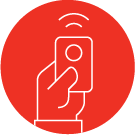






















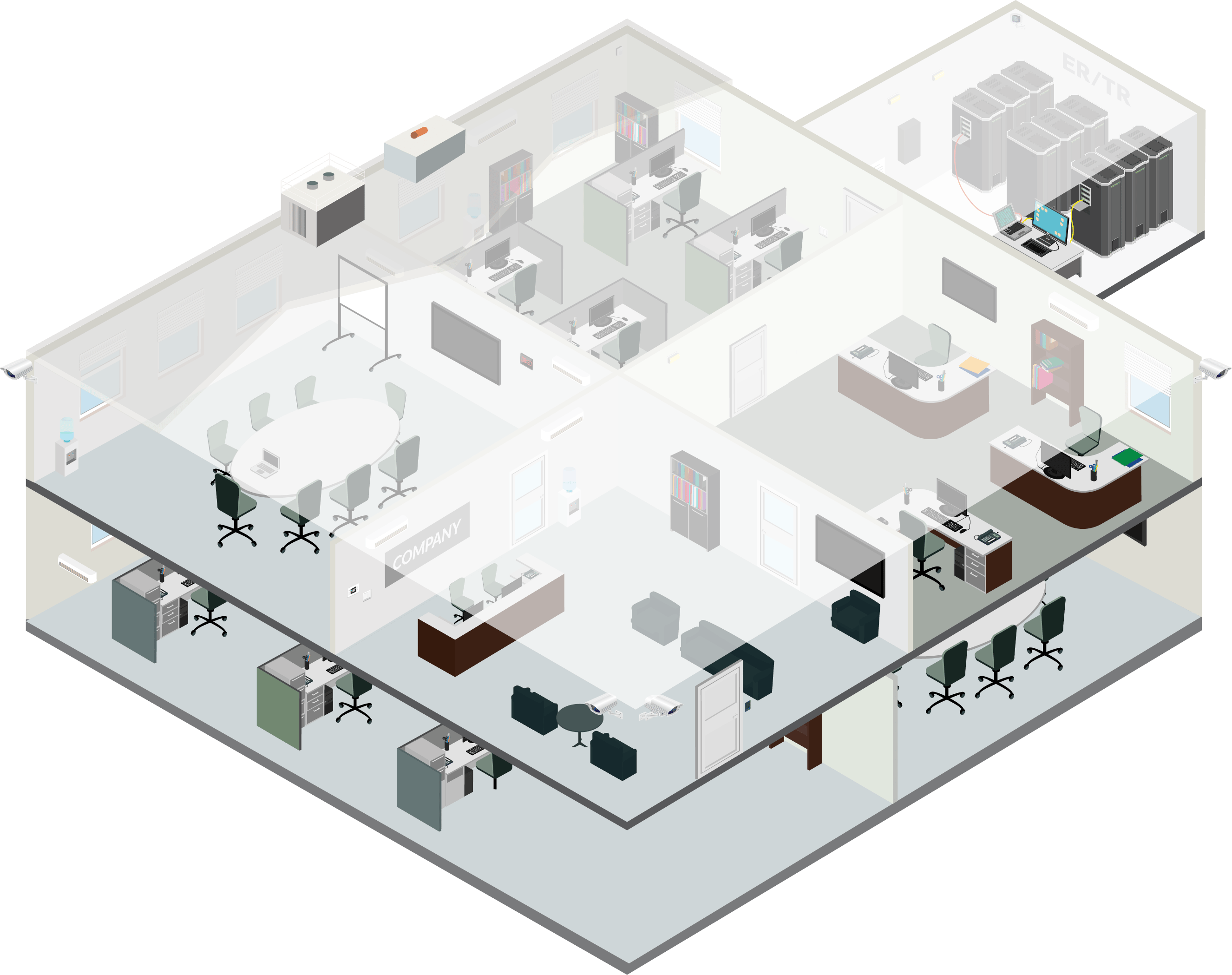






What is uLAN
Architecture?
To simplify management, improve security,
and alleviate network stress in smart buildings, Leviton recommends physically separating the network infrastructure connecting core LAN applications and utility applications.
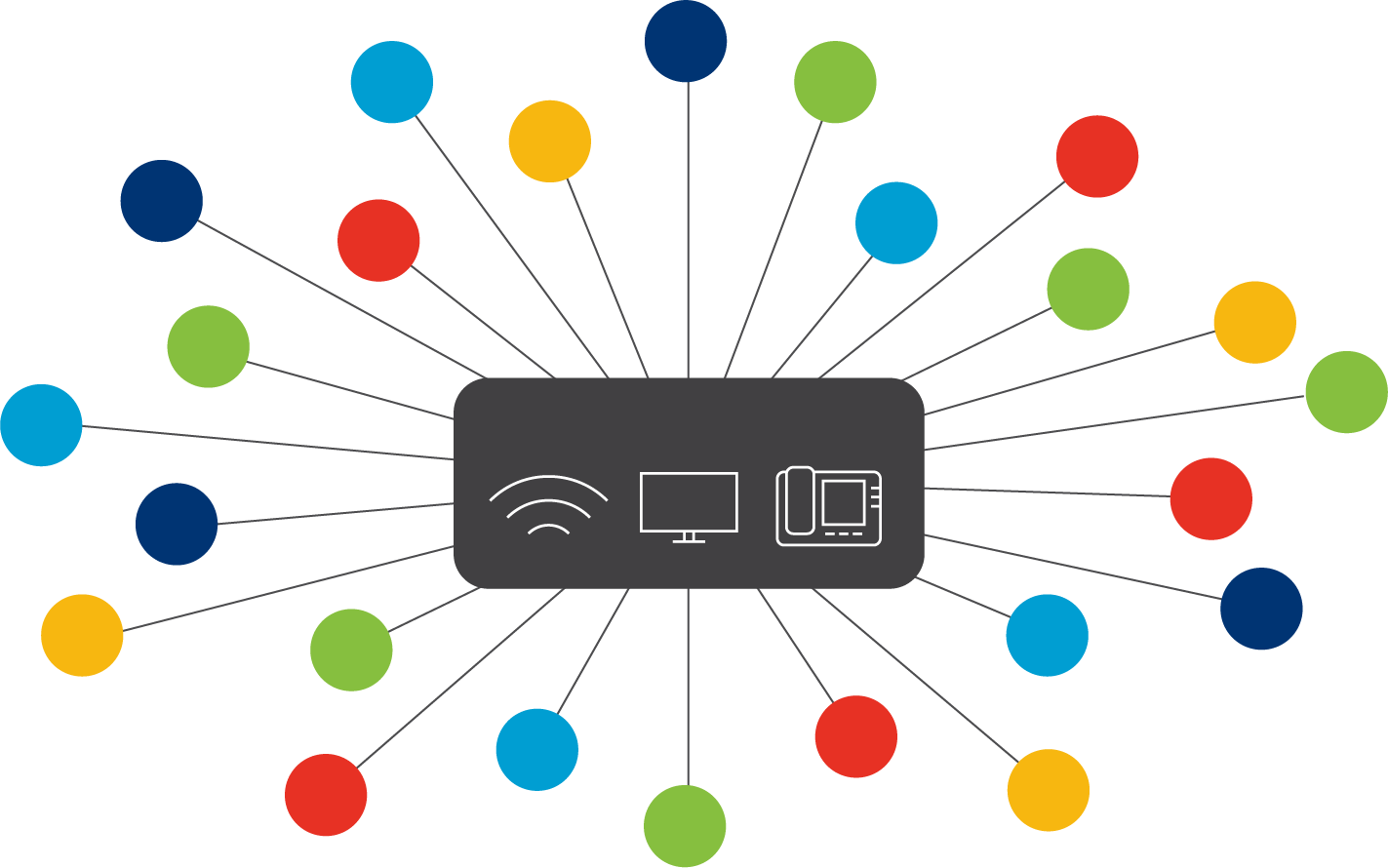

Establishing
a separate
uLAN network creates numerous benefits



uLAN allows for system convergence while alleviating strain on the core LAN.
Functional managers can maintain control of their own systems (security, HVAC, lighting, etc), while leveraging the benefits of IP convergence.
It allows for cost-effective IT equipment and infrastructure designed specifically for utility
devices that can vary widely in their PoE and
bandwidth consumption, while reserving tier
one switching for the core LAN.
Separation allows for a firewall between the core
LAN and uLAN, adding security for the core LAN.
Simplify and secure your networks
with a uLAN and Leviton connectivity.
Every new connection is a potential security threat to the network.
Compare architectures
CORE LAN
uLAN
This creates a utility LAN or “uLAN” in telecommunications rooms or closets.
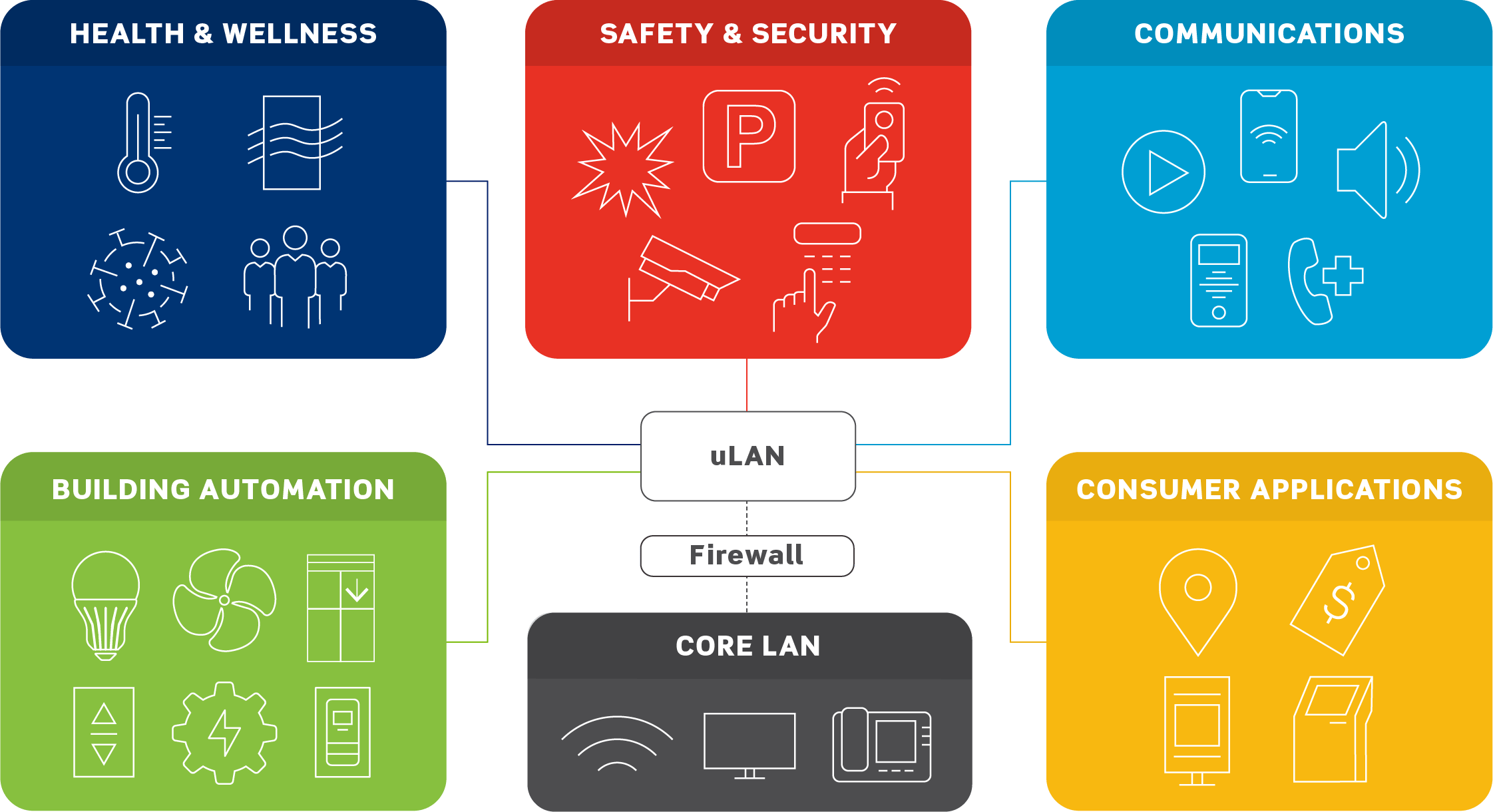
Separating connected devices alleviates strain
and reduces security risks to the core LAN
Multiple systems add complexity
and open security risks to the core LAN
+


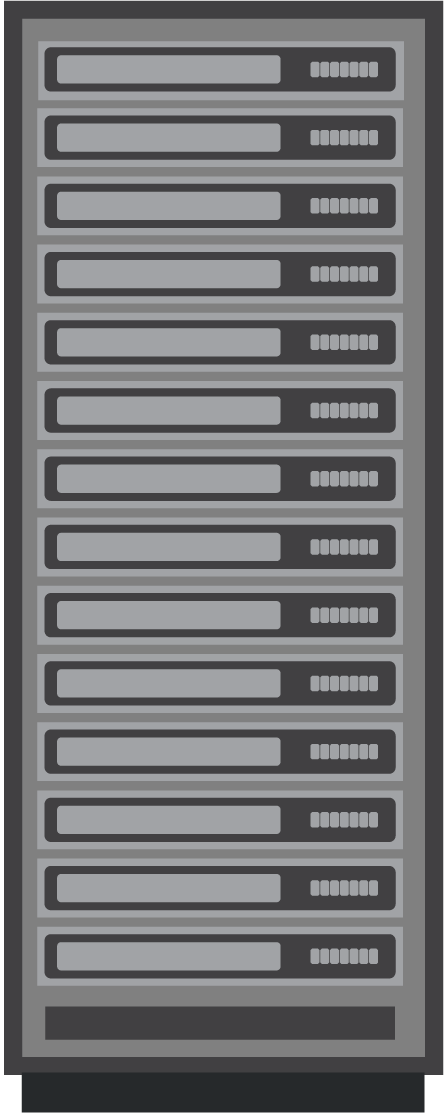

Click a color below to explore building systems



uLAN and the
Telecom Room
As buildings become more "smart" and
add IoT devices, this ratio will likely flip over time towards 20% core LAN and 80% utility infrastructure. More outlets will also be necessary. Segregating the utility applications will simplify maintenance, improve security, and alleviate network stress.
Traditionally, a standard telecom room may support 101-200 outlets, with all systems and devices mixed together in racks — with 20% for utility-focused infrastructure and 80% for core LAN infrastructure.
Compare telecom rooms
STANDARD
TELECOM
ROOM
TELECOM
ROOM
WITH uLAN
™
Alleviate
network
stress
Simplify IP
convergence
+
It allows for cost-effective IT equipment specifically for utility devices that vary in PoE and bandwidth consumption, reserving
tier one switching for the
core LAN.
Functional managers can maintain control
of their own building systems while leveraging the benefits of IP convergence.
+
Separation allows for
a firewall between the core LAN and uLAN, adding security for
the core LAN.




uLAN allows for system convergence, consolidating disparate systems while alleviating strain on the core LAN.
+
+
Improve
security
+
+
Create
cost
savings
+
Discover the benefits of a uLAN network


























Contact a Leviton expert
for network design assistance.
See Leviton solutions
for enterprise applications.

OR
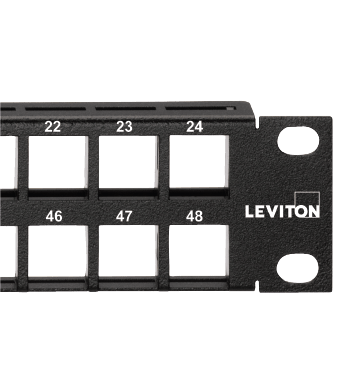
QuickPort
Patch Panel

LANmark™-SST Cable
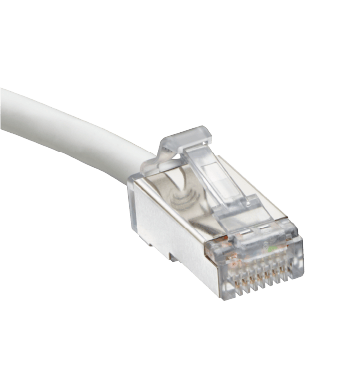
Cat 6A
Small Diameter
High-Flex
Patch Cords
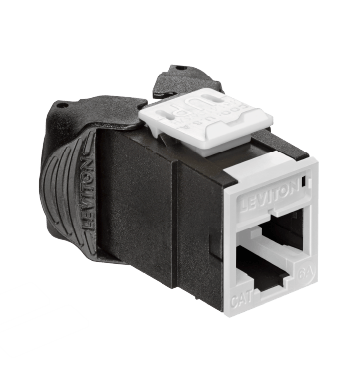
Atlas-X1
Cat 6A UTP
QuickPort Jack
®
®
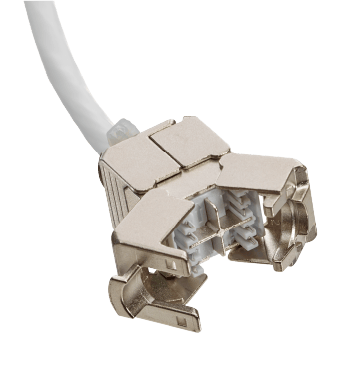
VXC™ Plenum Assembly
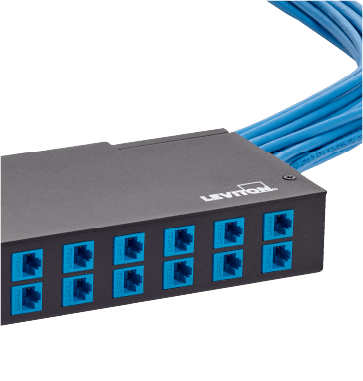
Low-Profile
Zone Enclosure
Leviton supports smart buildings with end-to-end cabling systems designed for specific applications, from high bandwidth backbone infrastructure to connectivity for a range of smart devices, including building automation, lighting, security, and more.






When part of the IP network, remote customer service kiosks, digital signage, and point of sale terminals can be managed and controlled from a centralized location for greater efficiency. These devices can have varying requirements for data and power.
CONSUMER APPLICATIONS
POINT OF SALE
CUSTOMER KIOSK
LOCATION SERVICES
DIGITAL SIGNAGE




Traditional communication applications are increasingly joining the IP network, such as paging systems, intercoms, nurse call systems in hospitals, and audiovisual installations for classrooms and conference rooms. High-end videoconferencing solutions will typically require higher bandwidth and power.
COMMUNICATIONS
A/V
IN-BUILDING WIRELESS
SOUND MASKING
PAGING SYSTEM
NURSE CALL





THERMAL IMAGING
AIR QUALITY
PEOPLE COUNTING
UV DISINFECTION
Healthy building applications have become
an integral part of today’s smart building.
These low-data and low-power devices include
air quality sensors, temperature controls, occupancy management and touchless control systems to protect and enhance the health
and safety of building occupants.
HEALTH & WELLNESS




Integrating your physical security infrastructure with your IP network results in reduced installation and materials costs, simplifies future moves, adds and changes. Leviton systems ensure always-on security performance for applications like access controls and security cameras.
SAFETY & SECURITY
SECURITY CAMERAS
PARKING GATES
ACCESS
CONTROL
SHOOTER
DETECTION
BADGE
READERS





SMART LIGHTING
HVAC
WINDOW SHADES
ELEVATORS
ENERGY
MANAGEMENT
OCCUPANCY
SENSORS






Many smart devices supporting building automation have low data and power requirements, such as thermostats.
Smart lighting does not typically require high bandwidth but does often require higher power. Leviton PoE-optimized systems are designed and tested to support these high PoE requirements.
BUILDING AUTOMATION



WIRELESS
ADVANCED
DESKTOP
ADVANCED
VOIP
The traditional LAN supports important enterprise applications such as office workstation computers, wireless access points (WAPs), and VoIP phones. These applications increasingly require higher bandwidth, and
PoE delivery to WAPs.
CORE LAN APPLICATIONS



CORE LAN
Tap a color below to explore building systems
Some of the utility applications joining the network can consume higher power and bandwidth. These new applications can require a wide range of power levels and data rates that add more complexity to the cabling infrastructure. Also, each new device added to the core LAN is a potential portal into the network.
Every new IoT
connection adds stress
to the core LAN.


Every new connection is a potential security threat to the network.


Compare telecom rooms
+
+
+
+
+
+
STANDARD
TELECOM
ROOM
TELECOM
ROOM
WITH uLAN
Compare telecom rooms
®
®


